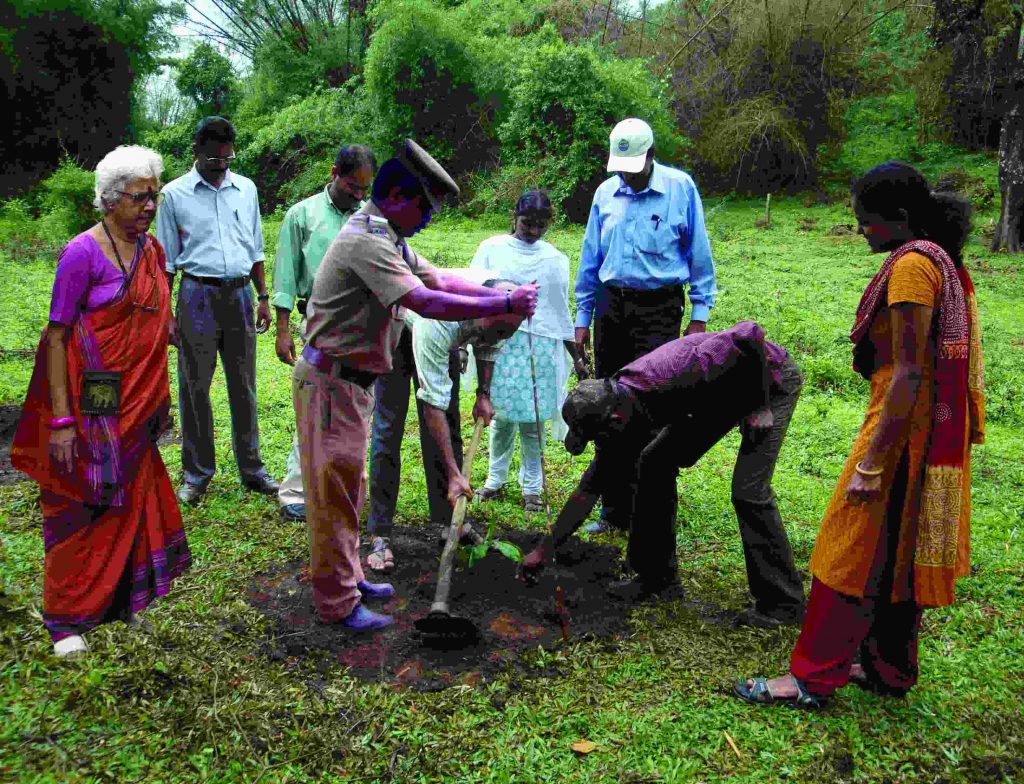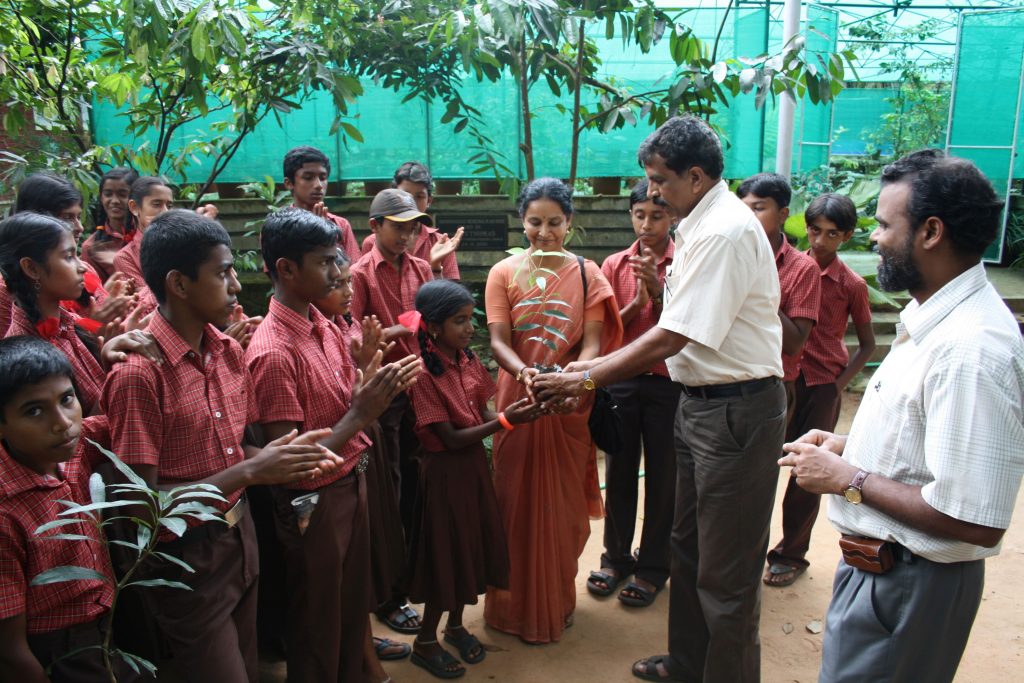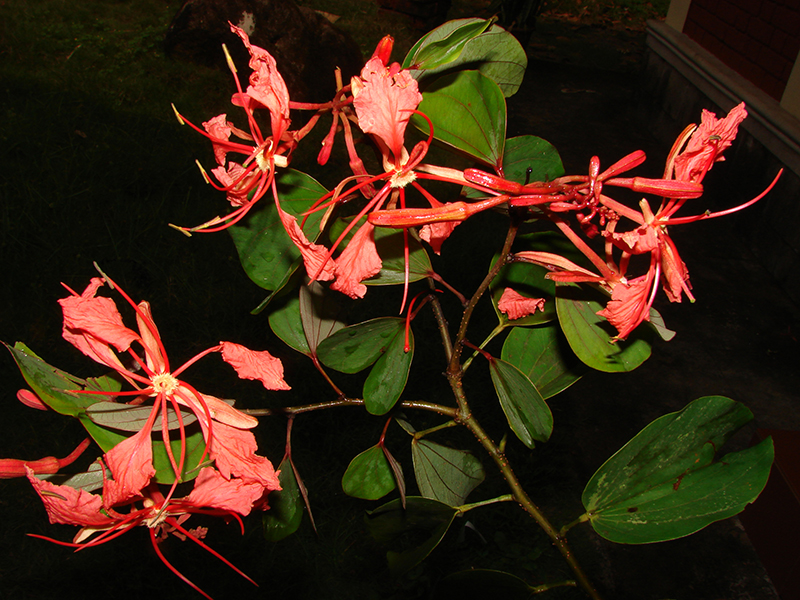
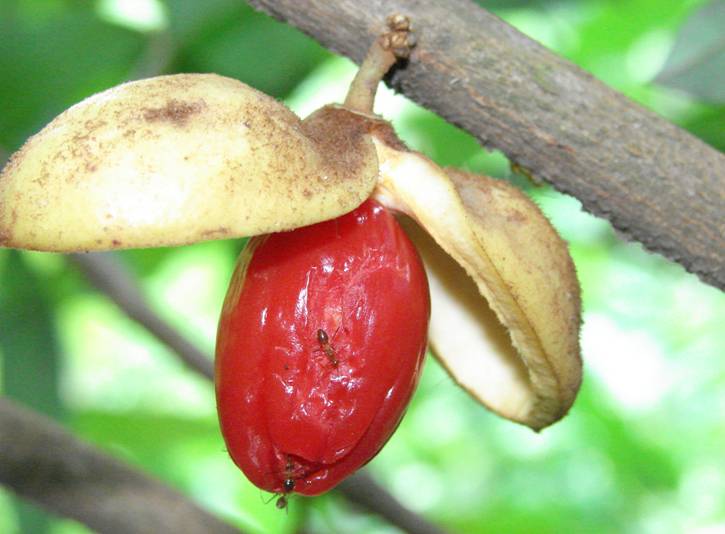
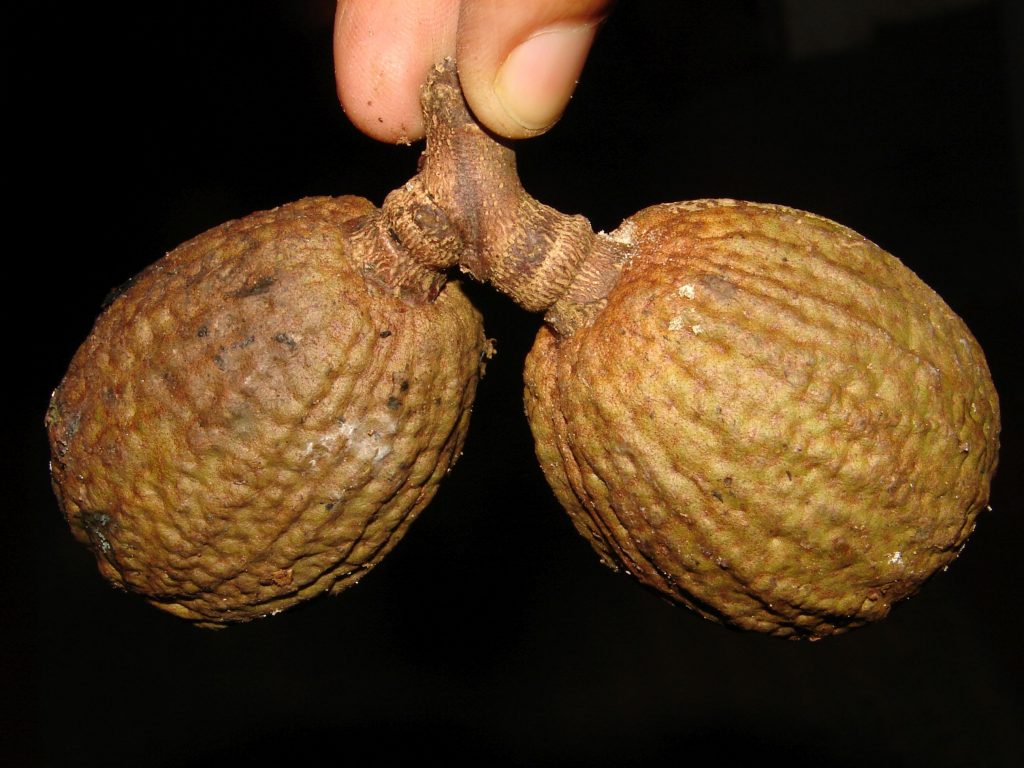
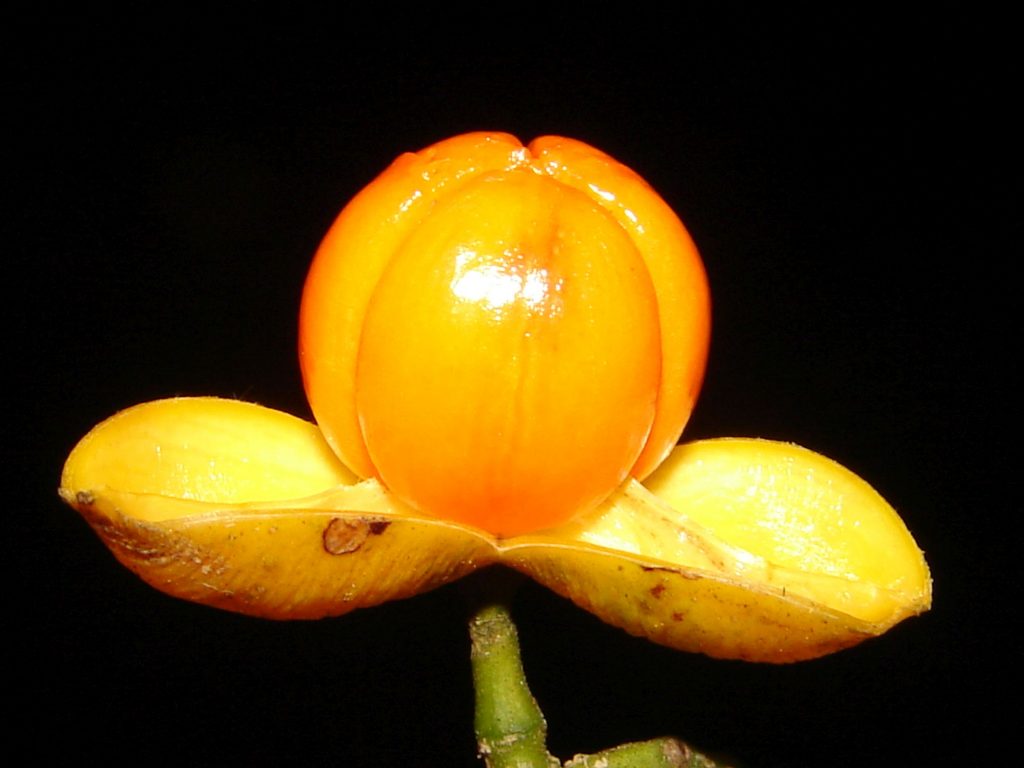
MSSRF ENSURES Rare Endemic and Threatened plant species have PERPETUAL protection in Wayanad
Since inception in 1997, the Community Agrobiodiversity Centre focussed on conserving Rare Endemic and Threatened (RET) plant species of Western Ghats. A study on the flora of Wayanad (Narayanan. R, 2010) recorded 2032 flowering plant species including 32 red-listed and 550 endemic species in the district.
Fellowship programmes were created to identify the natural population, collection, multiplication, and conservation of select 190 RET plant species in the Western Ghats. Many ex-situ conservation strategies for restoration of RET plants such as promotion of PUNYAVANAM, asokavani, ramayanavani, vine-hut, biodiversity parks, herbal gardens, ‘zodiac forest’, tree groves in plantations and other farmlands, greening campuses, avenues, augmenting sacred groves, mini botanic gardens, augmenting natural forest areas and campuses, were adopted in a participatory manner.
For a live repository of the plant species, the M S Swaminathan Botanical Garden (MSSBG) was established on eight hectares of land. The Garden now has over 1300 Plant Genetic Resources (PGR) of food, nutrition, medicinal, ecological and economic value. It is also home to several faunal diversities including 126 bird species — the richest avian diversity recorded in the district — 93 species of butterflies, and 23 species of frogs.
Other than MSSBG, 15 small eX-SITU conservation gardens such as biodiversity parks on education institution campuses, public health and research institutions across Kerala were established. The augmentation of nine sacred groves with RET and sacred plants has ensured long-term conservation of the species. These interventions were widely recognised not only in Kerala, but also across the country. Over 2.75 lakh seedlings of 190 species of RET plants were produced and distributed for cultivation and conservation to various individuals and institutions across the country.The eX-SITU conservation sites promoted now look like miniature forests.
MSSRF takes a direct governing role in collaborating with local and national partners such as: research and educational institutions, health departments, forest departments, planters, farmers including tribal communities, and individuals interested in conserving biodiversity.
As part of strengthening the provisions of the Convention on Biological Diversity (CBD) and The Biological Diversity Act, 2002, MSSRF facilitated the preparation of People’s Biodiversity Registers (PBR) for four panchayats in Wayanad district in the year 2001-02 using a simplified version of the format developed by a pan-India team led by Prof. Madhav Gadgil (Indian Institute of Science, Bangalore

Outcomes: The PBR prepared by MSSRF was taken up by National Biodiversity Authority (NBA) as base material to design the format for PBRs across the country. According to the best of our knowledge, CAbC’s RET plant conservation programme is probably the first concerted effort linking a wide spectrum of stakeholders for the large-scale conservation of threatened plant species in India. Long-term conservation of 195 species of RET plants is ensured as they are planted on sacred groves and campuses, thus unlikely to be disturbed in the near future. MSSRF has been instrumental in promoting afforestation and greening programmes emphasising RET species. Awareness on the conservation of RET plants increased among communities. Several institutions and individuals decided to green campuses and avenues with RET plants. For example Bangalore International Airport Ltd. and Infosys Limited, started afforestation programmes with RET plant species raised at the MSSRF nursery, and the MSSRF team provided the necessary technical support. It is noted that many species having a very narrow distribution in their natural habitats are expanding to wider geographical areas.

